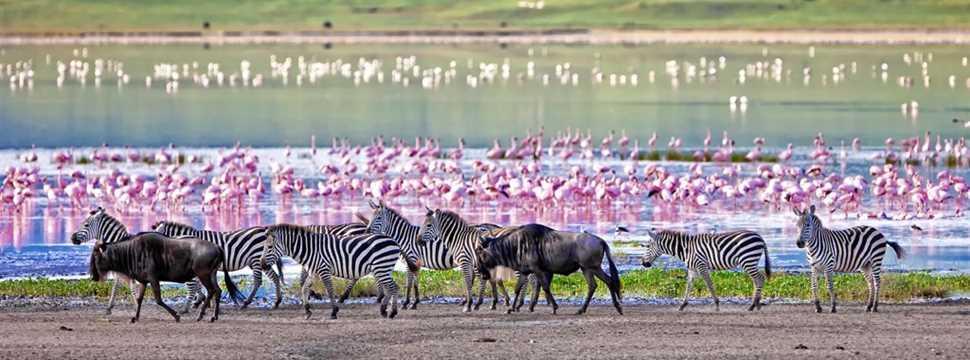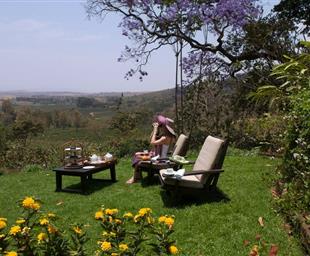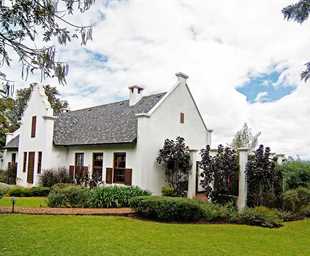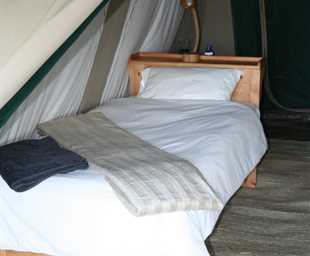
Ngorongoro Wilderness Camp
Ngorongoro Wilderness Camp is a seasonal tented camp that lies within the Ngorongoro Conservation Area. Seasonal camps have the benefit of being able to move to some of the best game viewing areas of the park, and every three to six months the camp moves to a new location...
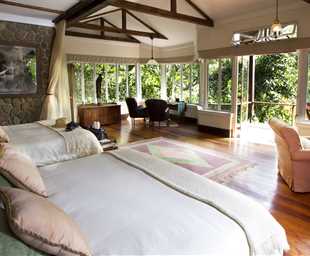
Gibb’s Farm
Gibb's Farm is a working farm located on the forested slopes of the Ngorongoro Conservation Area. Ideally located, the farm lies half way between Lake Manyara and the Ngorongoro Crater, near the village of Karatu...
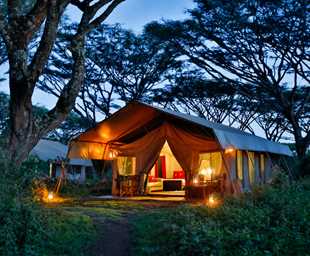
Lemala Ngorongoro Camp
Lemala Ngorongoro is an intimate seasonal camp set in an ancient acacia forest on the rim of the crater. The camp offers accommodation under canvas in only 8 luxury tents and 1 family tent (accommodating 4 to 5 guests) to ensure seclusion in a pristine forest environment...
Ngorongoro Crater Lodge
Ngorongoro Crater Lodge sits at an altitude of 2,375 metres (7 800 feet) above sea level on the rim of the spectacular Ngorongoro Crater, with breathtaking views...
Ngorongoro Serena Safari Lodge
Regularly voted one of the best hotels in the world, this unique lodge is set on the rim of the Ngorongoro Crater, the largest and most perfect volcanic crater on earth. Long and low, the lodge is built from local river stone and camouflaged with indigenous vines...
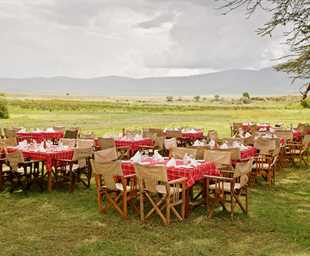
Ngorongoro Sopa Lodge
Situated on the Eastern rim of the Ngorongoro Crater, Ngorongoro Sopa Lodge has magnificent views over the crater floor, which is home to vast herds of buffalo, wildebeest, zebra, the rare and endangered black rhino, elephant, cheetah, leopard, lion and herds of gazelle and wildebeest...


